How ‘Hobbit Camps’ Rebirthed Italian Fascism
From 1977, crowds of militant youth gathered to discuss Tolkien and totalitarianism.
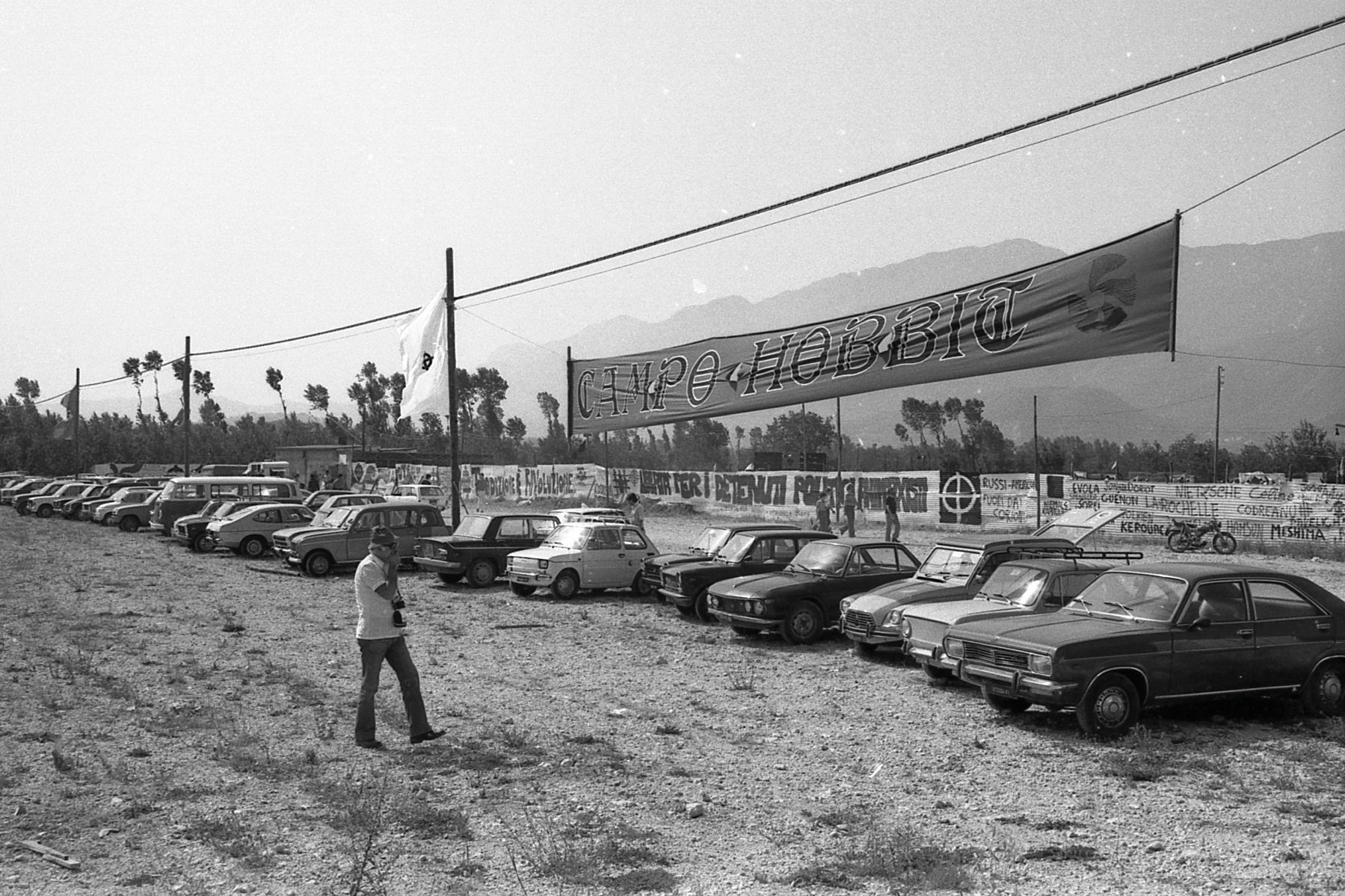
As part of our Atlas Obscura Goes to Summer Camp special package, we’re revisiting stories that have explored some of its more unique subcultures. Enjoy this curated classic!
Bilbo Baggins is hardly the stuff of Aryan racial fantasy. It’s hard to imagine Tolkien’s furry, gluttonous protagonist goose-stepping the halls of Bag End or organizing mass rallies in the idyllic Shire countryside.
But for thousands of Italian fantasy fans, hobbits are the symbol of a radical movement to reimagine fascism and restore far-right movements to glory.
Tolkien’s misanthropic halflings make for unlikely fascist heroes, and their rise to iconic status among Italy’s far right is a story almost circuitous enough to be worthy of the author himself.
Not long before Tolkien first published The Hobbit in 1937, Italy was a great laboratory of experimental thought. Futurists composed music made entirely of motor noises, Marxists preached against “cultural hegemony” from jail cells, and Theosophists hunted for evidence of the primordial “root race”.
From this heady mix emerged Julius Evola, one of history’s most influential philosophers of fascism. Borrowing from Eastern philosophy and Western lore, Evola’s magnum opus, Revolt Against the Modern World, describes the history of European civilization as one of inexorable decline. The stated cause of this decline, paradoxically, was progress—progress away from mythical traditions and perennial wisdom, toward industrialization and cultural miscegenation.

As a solution, Evola proposed a radical program to resurrect the myths of “traditional” societies through art, religion, and, initially, politics. At first, Evola saw fascist leader Benito Mussolini as his great hope for the rebirth of “traditional” society, even authoring for the dictator a doctrine of “spiritual racism” that would rank the world’s races according to their closeness to the “perennial” tradition.
But as the Second World War unfolded, Mussolini failed Evola’s ideological purity test. Italy embraced “scientific” racism and the rhetoric of “progress,” and modern fascism revealed itself to be a kind of Evolian antichrist—a once-heralded usher of a Golden Age turned catalyst of an even more rapid decline.
Edged out of the mainstream, Evola faded from fashion. But elements of his philosophy, known as “Traditionalism,” lingered sacrilegiously on the edges of mainstream thought. Like Tolkien’s ring of power, they lay dormant, waiting for their moment to rise again.

While Evola was theorizing a radical break with modernity, J.R.R. Tolkien was living it. After decades cloistered in the English department of a medieval university, rearranging the elements of Anglo-Saxon lore, Tolkien published The Hobbit, in 1937, followed, almost 20 years later, by The Lord of the Rings.
Since their publication, many critics have labored to decode hidden allegories of real-world events in the adventures of the Fellowship. Because of its racial essentialism and black-and-white morality, Tolkien has often been accused of crypto-fascism.
“Good and evil are separated like oil and water,” wrote Robert Westall in a 1981 review. “The orcs are simple hero-bait, to be slaughtered ad infinitum, piled in heaps and burnt. They are given a lower status than rats.”
Critics have read Bilbo’s furious love of rural Shire life as a sign of bourgeois elitism. Some have even suggested that Mordor’s hordes, with their innumerable number and cockney accents, are a parallel for the working poor of Tolkien’s day and the threat of proletarian revolt.
Others point to his protagonists’ casual attitude to the mass murder of orcs as an indication of their suppressed genocidal nature.

“[Hobbits] are not merely good natured, comfort-loving, seedcake-eating hedonists,” wrote literary critic Peter Firchow. “Under the influence of a powerful wizard and a group of assorted warlike companions, [they can become] very different sorts of beings whose actions are at times reminiscent of some of the worst phenomena of recent European history.”
Tolkien never answered these criticisms by admitting any parallels with real politics. Yet his project of resurrecting and reinterpreting the ancient lore of England had much in common with Julius Evola.
Tolkien and Evola’s paths never actually crossed. Even in the post-war years, when they shared a mutual dislike of American cultural imperialism, Tolkien’s work was never associated with Traditionalism in the English-speaking world.
But when The Lord of the Rings was first published in Italian, in 1971, the latent politics of his stout-hearted heroes bubbled to the surface. Appearing when it did, The Lord of the Rings had an outsized influence on the Italian cultural scene. In the early 1970s, Italy was in the midst of a cultural upheaval as great as that Evola felt in the aftermath of the First World War.
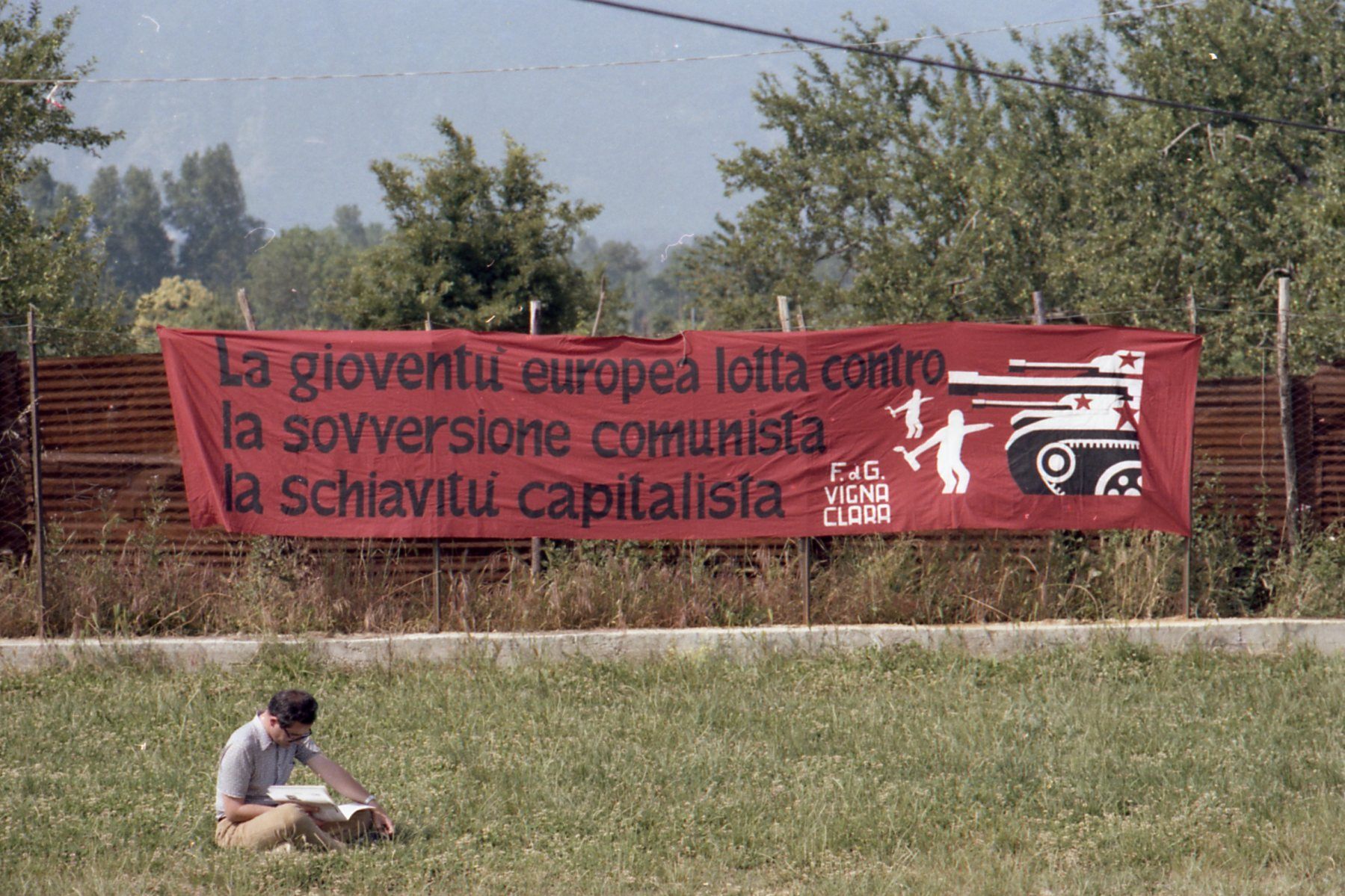
Across Europe, the cultural dominance of the Left, cemented by the defeat of fascism, was beginning to be challenged by a new movement called the nouvelle droite or “New Right.” The central claim of the New Right was that they were not your father’s fascists, and not to blame for the horrors of Nazism. They were your grandfather’s fascists, better, your great-great grandfather’s, fascists who still worshipped the pagan gods and yearned for simpler times of cultural homogeneity and ethnocentrism.
The movement found great success in Italy, where Evola had already laid much of the philosophical groundwork. For Italy’s disillusioned youth, Tolkien’s books seemed to affirm the noble struggle of traditional societies against the encroaching menace of industrialization, progressive politics, and groupthink.
Tolkien quickly became required reading for the serious among Italy’s “neo-fascist” youth groups. But even with the adventures of Sam and Frodo to bond over, many in this crowd felt isolated and overwhelmed in the face of a culturally dominant Left.
In 1977, leaders from Italy’s far right party and youth movement planned to change that. They proposed a fascist Woodstock, a two-day “back to nature” retreat organized around the celebration of Tolkien’s work. They called it “Camp Hobbit.”
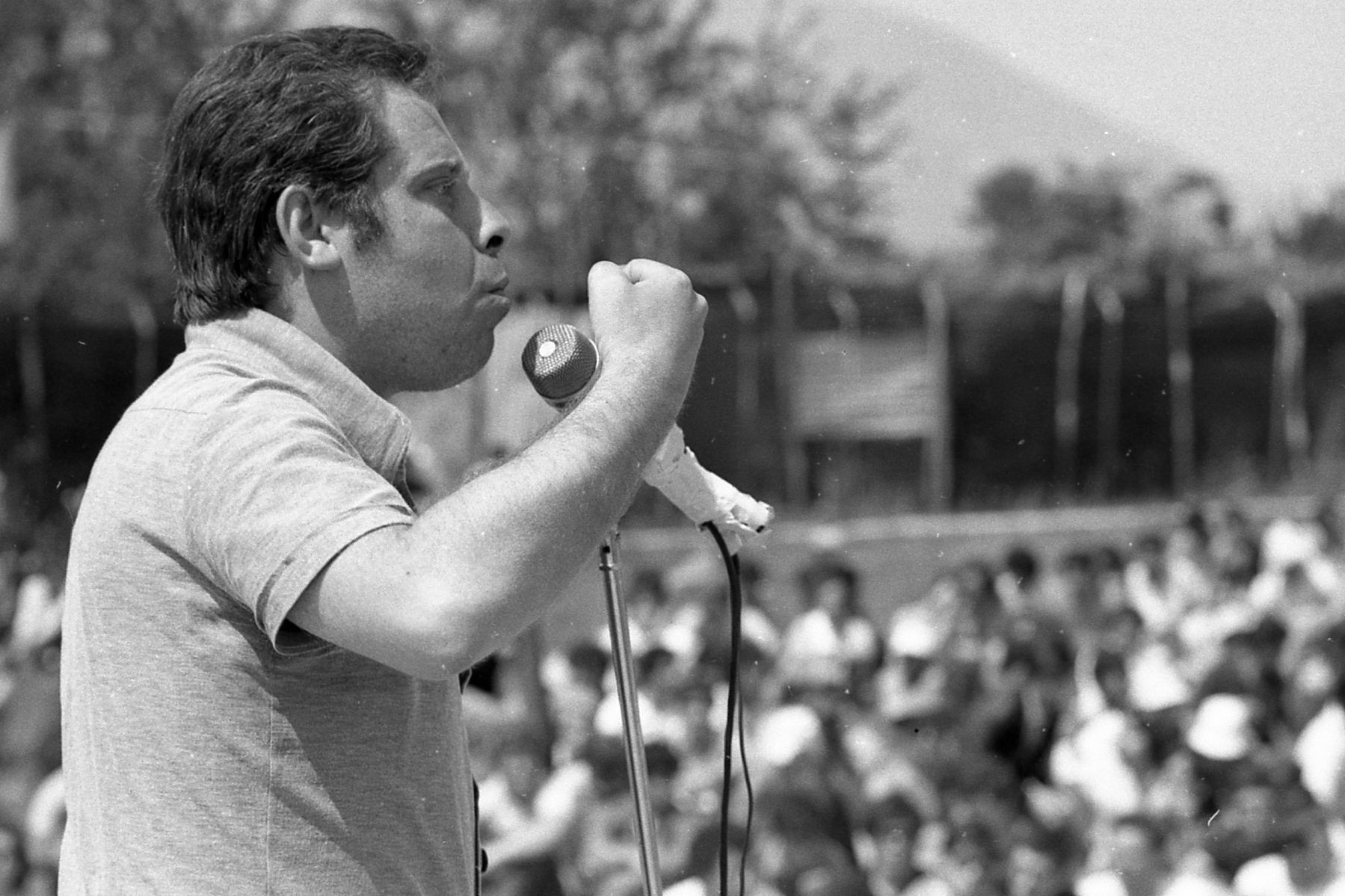
Held in the oppressive heat of July, among the rolling hills of southern Italy, Camp Hobbit was equal parts music festival, Tolkien seminar, and anarchist commune. “A stage covered with musical instruments and amplifiers, a colorful tent city, stalls selling posters, trinkets, books and t-shirts,” recorded one diarist.
It was Occupy Wall Street meets the Glastonbury music festival, but the specter of fascism was not far away. “About a dozen muscular guys maintaining order, distinguished by an armband with a Celtic cross,” the diarist wrote, adding, somewhat optimistically, “The crowd was quite diverse, dominated, naturally, by [fascist haircuts], military clothing, [and] black handkerchiefs, but also some long hair and beards.”
By bringing together youth from the radical right and left in an orgy of creative activity, organizers had hoped to spawn new Traditionalist literature, cinema, music, and art, and indeed, a few bands formed among the tents of Camp Hobbit.

“[It was] freedom, liberation from old patterns and mental habits,” says Mario Bartoluzzi, the frontman for Compagnia dell’Anello (“The Fellowship of the Ring”), a Traditionalist band founded at Camp Hobbit. “There was in all of us the desire to get out of the ghetto of exclusion.”
Many attendees saw themselves as transcending the binary of Italian politics by fusing Leftist social critiques with the militancy of fascism. Beneath its festive spirit, Camp Hobbit had hoped to “recode” the language of the hippie left with the Traditionalist philosophy of Evola, according to historian of fascism Roger Griffin.
Camp Hobbit spawned two successful sequels, drawing several thousand attendees. But the coalition emerging from Camp Hobbit quickly fell to infighting. By the mid-’80s, the New Right was again on the margins, primarily associated with anti-communist terrorism. Though it experienced moments of political power, it never succeeded in achieving cultural dominance over its enemies on the progressive Left.

In recent years, however, the movement has seen somewhat of a resurgence. In July 2017, members of Italy’s new New Right organized “Campo Hobbit 40,” an attempt to resurrect the spirit of the original camp on its fortieth anniversary. Evola, too, is enjoying renewed popularity, beloved by adherents of the American Alt-Right.
As for Tolkien, the political meaning of his work is as murky as it ever was. Despite a cast of hundreds, Middle Earth remains an empty stage onto which ideologues of all stripes can project their politics. Even six feature films and countless imitators have failed to bring Traditionalist critiques into the mainstream.
Perhaps his revolutionary fans should have considered the view of his harshest critic, Michael Moorcock: “In Tolkien, everyone’s in their place and happy to be there. We go there and back, to where we started. There’s no escape, nothing will ever change and nobody will ever break out of this well-ordered world.” So much for revolution.
This story originally ran in 2017; it has been updated for 2024.





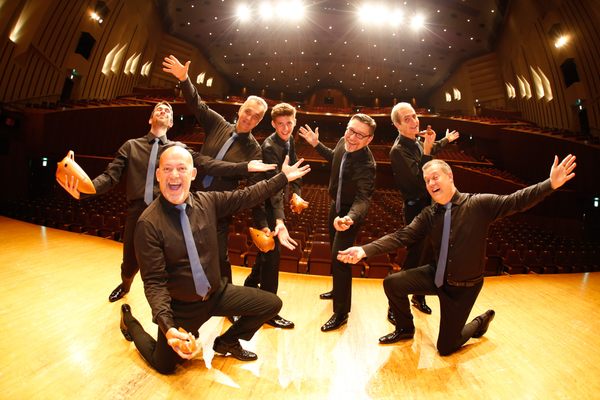
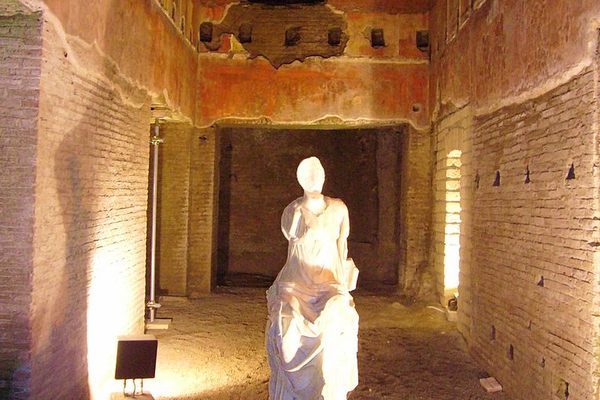







Follow us on Twitter to get the latest on the world's hidden wonders.
Like us on Facebook to get the latest on the world's hidden wonders.
Follow us on Twitter Like us on Facebook